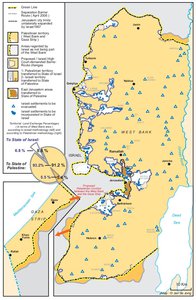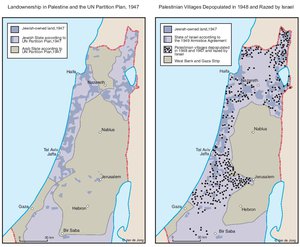LAND OWNERSHIP IN PALESTINE AND THE UN PARTITION PLAN - PALESTINIAN DEPOPULATED AND DESTROYED VILLAGES, 1948-1949
Map Details
The expulsion of the Palestinians from their homes and homeland was carried out in accordance with
operational plans drawn up by the Haganah, and in compliance with orders issued from the highest
echelons of the Zionist leadership. Thus, rather than crimes committed by individuals, the massacres,
rapes, looting and destruction, which characterized the de-population of Palestine, were components of a
designed military strategy developed and implemented by the leaders of the emerging Jewish state.
One of the systematically pursued objectives of this strategy was the eradication of all traces of the pre-
1947 Palestinian presence. Of the nearly 600 purely Palestinian villages and towns overrun by the Zionists
during the war, over 400 were subsequently completely destroyed or rendered permanently uninhabitable.
At the outset of the war, the purpose of leveling the villages was the creation of panic, fear and flight. But as
the ‘transfer’ picked up pace, the Zionists shifted their focus to the consolidation of their conquest. In early
June 1948, the ‘Transfer Committee’ prepared a memorandum entitled, “Retroactive Transfer, A Scheme
for the Solution of the Arab Question in the State of Israel.” The document, endorsed by Israel’s Prime
Minister Ben-Gurion, outlined means of “[p]reventing the Arabs from returning to their places,” and listed as
the foremost method of achieving this goal, the, “[d]estruction of villages as much as possible...” along with
“[s]ettlement of Jews in a number of villages and towns so that no ‘vacuum’ is created.”
From the summer of 1948, the ‘Transfer Committee’ set about the task of identifying villages to be
destroyed and those to be settled by Jews for strategic reasons. Only 121 sites were spared destruction.
Meanwhile, in the urban Palestinian neighborhoods, the Committee hurried to settle Jews in those
Palestinian homes which had not been destroyed. 73,000 rooms and 7,800 shops or small industries were
thus seized in what had been the ‘Arab Quarters’ of Palestine’s mixed towns.
The destruction of Palestinian villages continued unabated throughout all the war’s cease-fires and
persisted into the 1950s. During the five years that followed the end of the war, Israel recorded some 1,000
‘border infiltrations’ every month, as Palestinian refugees tried to return to their homes and sought out
missing family members. By then, Israel’s razing of remaining villages was driven by the desire to erase
from the landscape all signs of its Palestinian identity. By removing the most vivid reminders of the
Palestinian people - their homes, places of worship etc. - the Israelis hoped to counter any calls for the
implementation of the Palestinian refugees’ right to return and present their own sudden domination of the
territory as something seemingly ‘organic’ and without contradiction. They also sought to conceal evidence
of their own atrocities.
Chaim Weizmann, veteran Zionist leader and Israel’s first president, would later refer to the elimination of
the Palestinians, their communities and homes as, “a miraculous clearing of the land; the miraculous
simplification of Israel’s task.”
At the time of the UN Partition Plan (29 November 1947), there were 279 Jewish settlements in Palestine.
By August 1949, an additional 133 settlements had been established - nearly all on Palestinian land and
many upon or within the Palestinian villages the ‘Transfer Committee’ had reserved for the purpose of
Jewish settlement. By 1987, some 190 Israeli towns, kibbutzim and moshavs existed on the land of
depopulated and destroyed Palestinian villages.
Related Maps
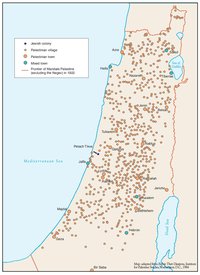
OTTOMAN PALESTINE, 1878
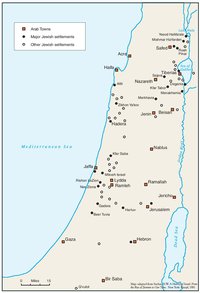
ARAB TOWNS AND JEWISH SETTLEMENTS IN PALESTINE, 1881-1914
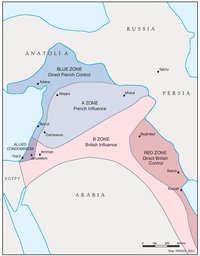
THE SYKES-PICOT AGREEMENT, 1916
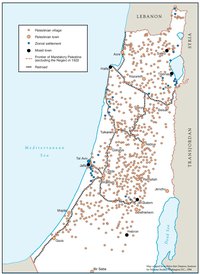
THE BEGINNING OF THE BRITISH MANDATE, 1920
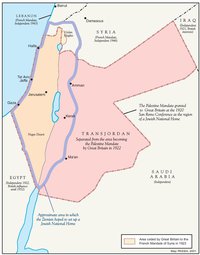
PALESTINE UNDER THE BRITISH MANDATE
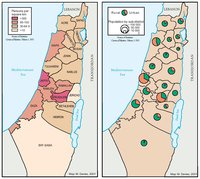
THE DEMOGRAPHY OF PALESTINE, 1931
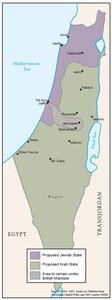
THE PEEL COMMISSION PARTITION PROPOSAL, 1937
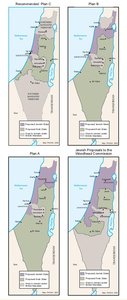
THE WOODHEAD COMMISSION PARTITION PROPOSALS, 1938
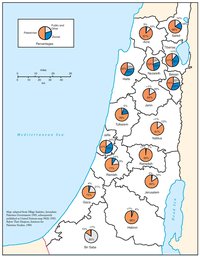
PALESTINIAN AND ZIONIST LANDOWNERSHIP BY SUB-DISTRICT, 1945
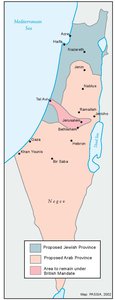
THE MORRISON-GRADY PARTITIONED TRUSTEESHIP PLAN, 1946
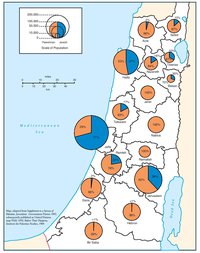
POPULATION OF PALESTINE BY SUB-DISTRICT, 1946
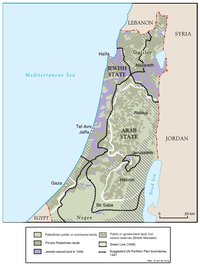
LAND OWNERSHIP IN PALESTINE, 1948
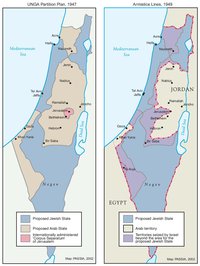
THE UNGA PARTITION PLAN, 1947 – THE 1948 WAR & THE 1949 ARMISTICE LINES
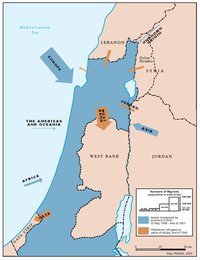
POPULATION MOVEMENTS, 1948-1951
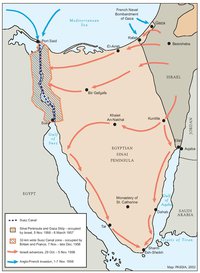
THE SUEZ WAR, 1956
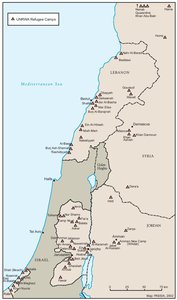
THE PALESTINIAN DIASPORA, 1958
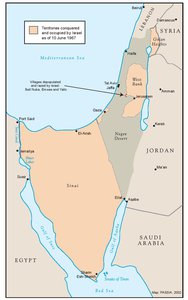
THE NEAR EAST AFTER THE JUNE 1967 WAR
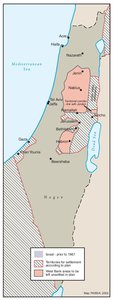
THE ALLON PLAN, JUNE 1967
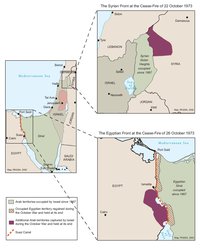
THE OCTOBER WAR, 1973
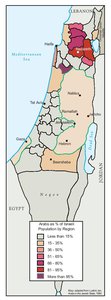
THE PALESTINIANS INSIDE ISRAEL, 1977
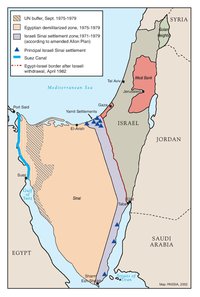
THE CAMP DAVID ACCORDS, 1978-1979
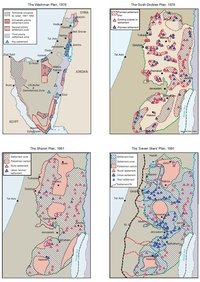
ISRAELI SETTLEMENT MASTER PLANS, 1976-1991
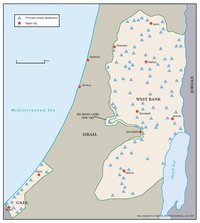
THE 1991 MADRID PEACE CONFERENCE & ISRAELI SETTLEMENTS
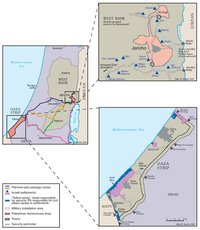
GAZA-JERICHO (OSLO I) AGREEMENT, CAIRO, 4 MAY 1994
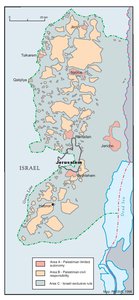
INTERIM (OSLO II) AGREEMENT, TABA, 28 SEPTEMBER 1995
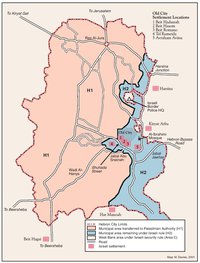
HEBRON PROTOCOL, 15 JANUARY 1997
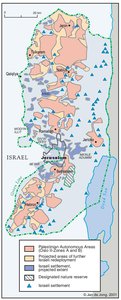
WYE RIVER MEMORANDUM, 23 OCTOBER 1998
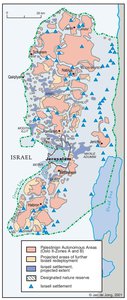
SHARM ESH-SHEIKH AGREEMENT, 4 SEPTEMBER 1999
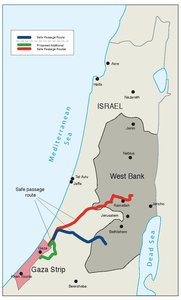
PROTOCOL CONCERNING SAFE PASSAGE BETWEEN THE WEST BANK AND THE GAZA STRIP, 5 OCTOBER 1999
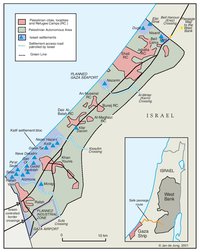
GAZA, 2000
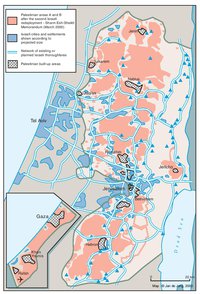
WEST BANK AND GAZA STRIP, MARCH 2000
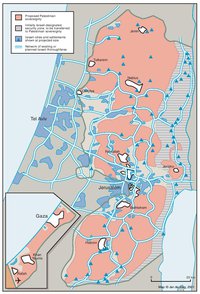
CAMP DAVID PROJECTION, JULY 2000
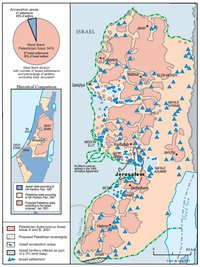
TABA TALKS PROJECTION, JANUARY 2001
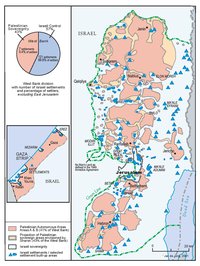
THE SHARON PROPOSAL, SPRING 2001
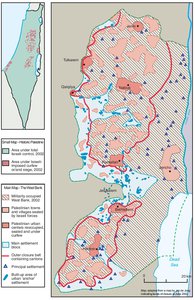
THE REINVASION OF THE PALESTINIAN TERRITORIES, 2001-2002
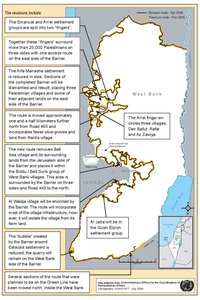
THE ROAD MAP, 2003
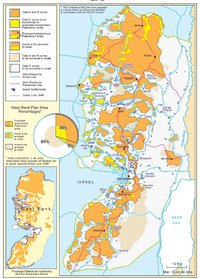
THE GENEVA INITIATIVE AND ACCORD, 2003
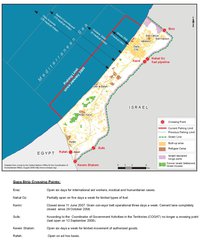
THE ISRAELI DISENGAGEMENT PLAN, 2003-2005
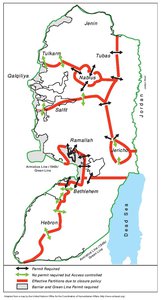
AGREED DOCUMENTS ON MOVEMENT AND ACCESS FROM AND TO GAZA, 2005
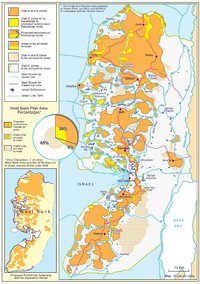
THE SETTLERS' PLAN FOR PALESTINIAN AUTONOMY, 2006
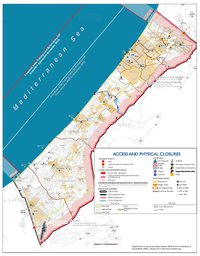
THE GAZA STRIP TODAY (2014)
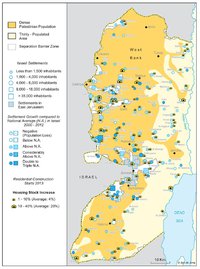
THE WEST BANK TODAY (2014)
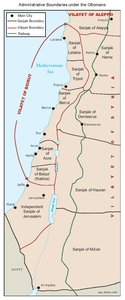
ADMINISTRATIVE BOUNDARIES
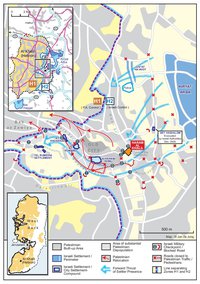
HEBRON
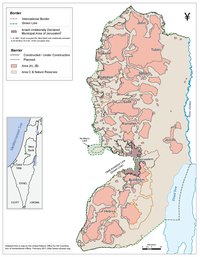
Area C
